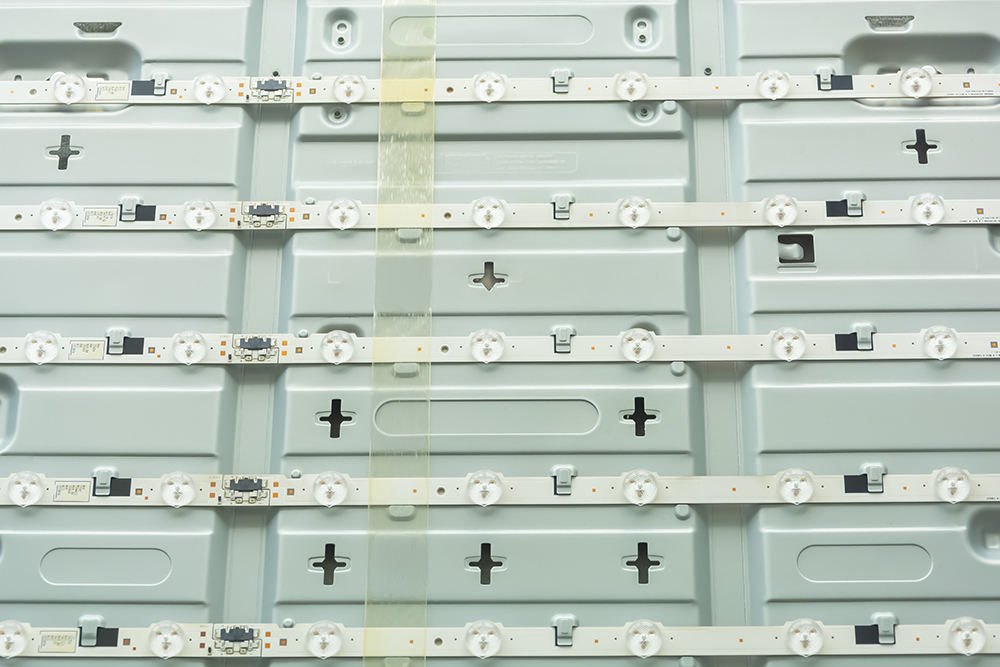The most basic difference between In-Plane Switching (IPS) and Light-emitting Diodes (LEDs) is that IPS is a panel technology and LED is a backlight technology.
Both LED and IPS use Liquid Crystal Displays (LCD). LCD monitors create graphics on the screen through the modulating properties of liquid crystals. The liquid crystals do not emit light directly, as a result a backlight is added to create a light source.
What is IPS?
“In-plane switching” or IPS refers to the horizontal shifting of the liquid crystals to remove or minimize the effects of color distortion when viewing the monitor from an angle. These types of panels can display images and colors accurately for up to 178 degrees.
IPS monitors are characterized as having superior image quality (color accuracy and wider viewing angles) when compared to Twisted Nematic (TN) and Vertical Alignment (VA) panels; They are also more expensive.
The liquid crystal molecules being switched parallel to the substrate allows for more accurate color reproduction. They cover a significant amount of the sRGB gamut and contrast actually looks dark while retaining detail.
The best use cases for IPS panels are for people who require color accuracy. For example graphic designers, artists, and photographers.
However, refresh rates are typically slower (75Hz) than TN panels. Gaming-oriented IPS models do exist, they just cost most than TN panels.
What is LED?

Light-Emitting Diode or LED is a type of backlight technology found in displays. This technology uses LEDs to light each pixel’s content.
All LED monitors are technically LCD monitors, however not all LCD monitors are LED. Both displays use liquid crystals to create an image however, one uses backlight technology (LED).
LED Application in Monitors
The LED application in monitors is divided into edge-lit display and direct backlighting (full-array).
Edge-lit LED refers to the installation of LEDs along the perimeter of the screen (usually two opposing sides). Edge-lit displays use a special layer called a diffuser to spread the light over the entire screen.
Full-array refers to the uniform distribution of LEDs on the back of display. Direct backlighting results in greater image quality and contrast ratio than edge-lit due to greater localized dimming zones across the screen (more accurate black levels and color saturation).
Other sub-types of LED monitors include organic light-emitting diode (OLED) and Quantum Light-Emitting Diode (QLED).
While LED monitors use activate backlighting, OLED monitors do not use backlighting as each pixel functions as an individual light source. This promotes better image quality as pixels are capable of turning off (display black) and turning on to display other colors which promotes energy efficiency.
QLED monitors do not use the standard white backlight used in most LED monitors. Instead, it uses a blue light that stands behind a film of quantum dots to display different colors through the alteration of color wavelengths.
